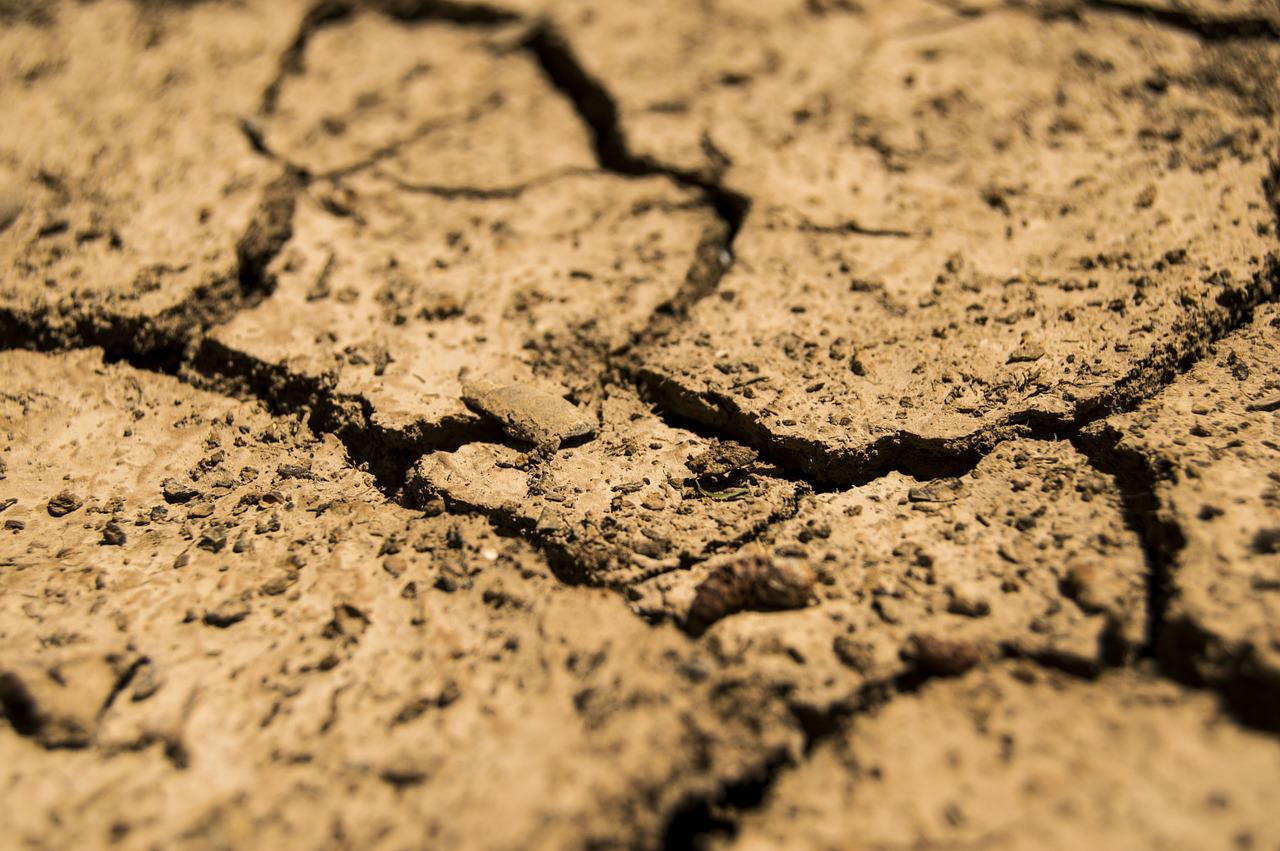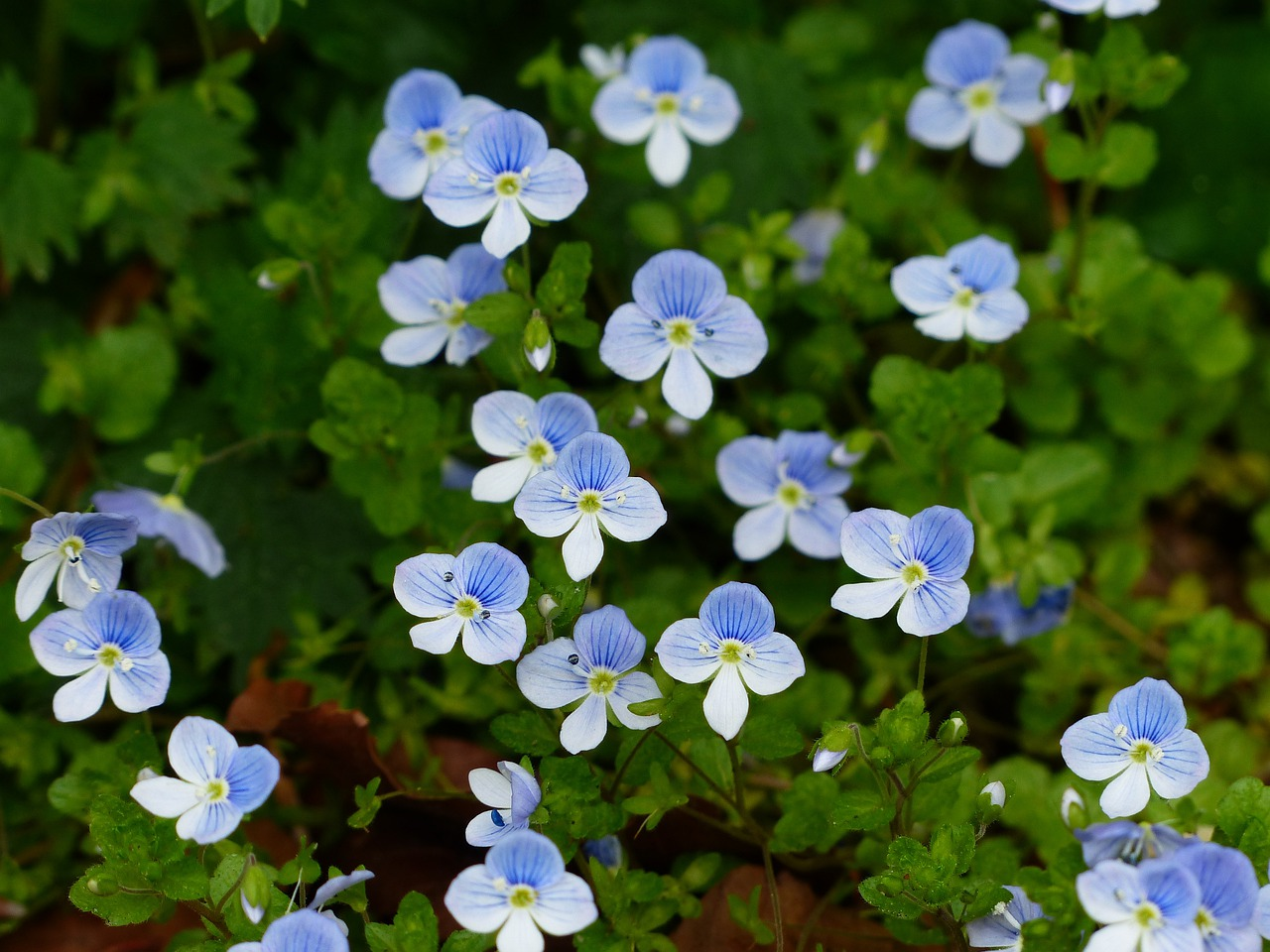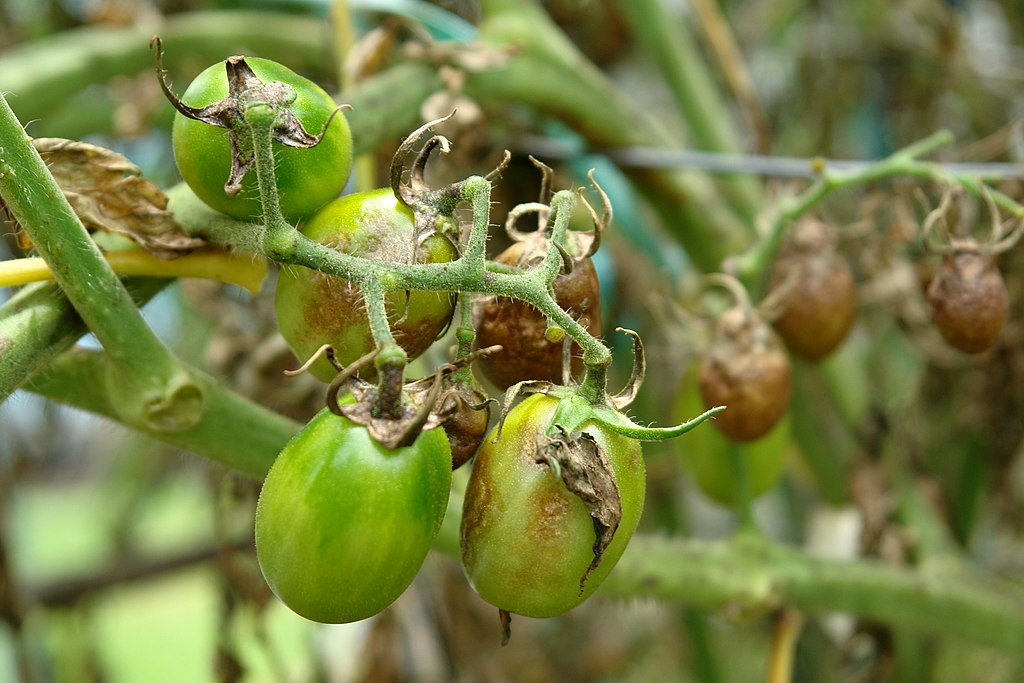Recognize lime deficiency
Improve acidic garden soil
Over time, garden soil acidifies and the pH value drops. This is completely natural to a certain extent. However, gardeners also contribute to soil acidification. You can find out how to recognize a lime deficiency in your garden here.
Recognizing lime deficiency in the soil

Garden soil
... is crusted & low in humus
... does not have a loose crumb structure
... has low biological activity (mulch decomposes only slowly)
... has a pH value of less than 6
Measure pH value regularly
There are tests you can do yourself. Various places also offer an analysis (contact points would be pharmacies, garden centres or chambers of agriculture). The optimum pH value differs depending on the type of soil:
- loam: 6.5 - 7
- sandy loam: 6.0
- sand: not below 5.5
You should therefore know the type of soil in your garden before applying lime fertilizer!
Acid-loving indicator plants

- farmer's mustard
- hare's clover
- speedwell
- dog chamomile
- sorrel
- moss
- pansies
- horsetail
- blueberry
Recognizing lime deficiency in plants

- Deficiency symptoms such as chlorosis on young leaves and shoot tips
- In tomatoes, calcium deficiency often leads to blossom end rot
- In fruit such as quinces and apples, the fruit develops small brown spots on the skin and in the flesh (this is also known as stippling)
Aluminum poisoning in plants
At a pH of less than 4.5, aluminum salts dissolve, which have a highly toxic effect on plants. The growth of most cultivated plants is restricted by aluminum. The leaves turn yellow and die. The roots are damaged and their growth is impaired. In such an acidic environment, the plant also suffers from other nutrient deficiencies, as many nutrients are not available to the plant.

